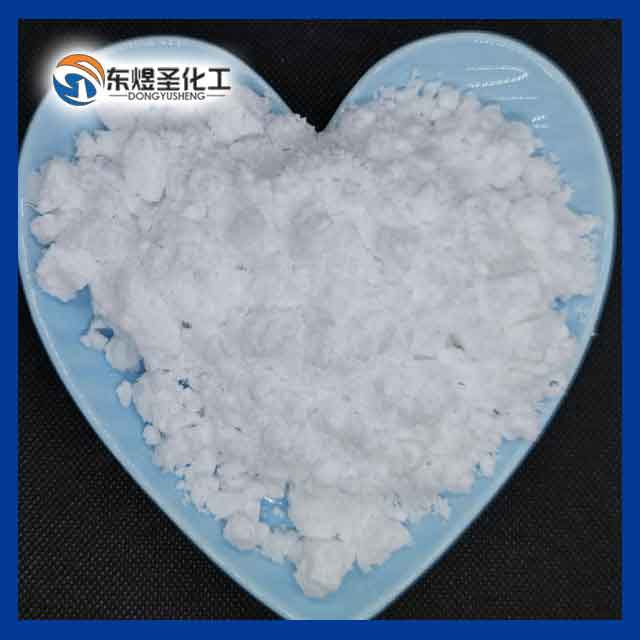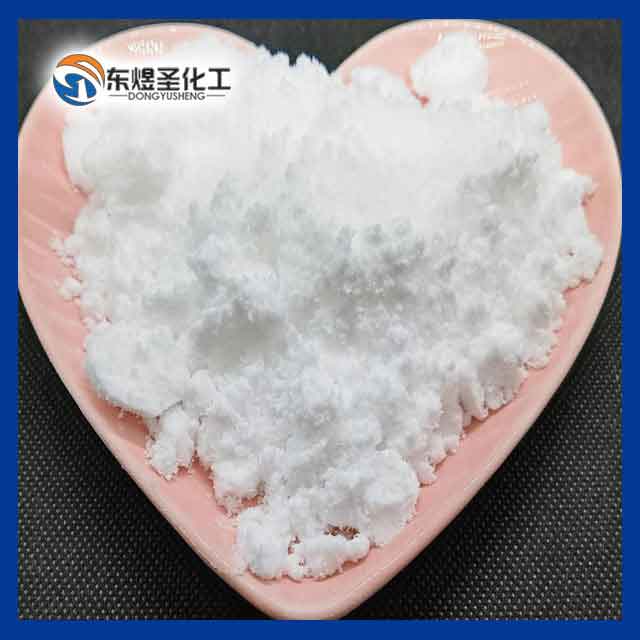Application of Aluminum Hydroxide in Modified Thermoplastic Industry
Application of Aluminum Hydroxide in Modified Thermoplastic Industry
When aluminum hydroxide is added to thermoplastics, mechanical strength, especially impact strength, will cause a decrease. Although the coupling agent is used to increase the strength, there is still no significant increase, so more than 95% of aluminum hydroxide is used in the thermoset plastic. Aluminium hydroxide manufacturers give a detailed introduction to the application in the modified thermoplastic industry:
When aluminum hydroxide is added to thermoplastics, mechanical strength, especially impact strength, will cause a decrease. Although the coupling agent is used to increase the strength, there is still no significant increase, so more than 95% of aluminum hydroxide is used in the thermoset plastic. Introduce in detail the application in the modified thermoplastic industry:
1. Application in unsaturated polyester
In glass fiber reinforced unsaturated polyester casting plastics (such as various high-voltage or low-voltage electrical switches), aluminum hydroxide is used as a filler to make the plastic products have flame retardancy, smoke suppression and arc resistance. The aluminum hydroxide produced by aluminum hydroxide manufacturers is also used in glass fiber reinforced plastic laminates, such as glass fiber reinforced plastic bricks, pipes, storage tanks, etc., with good flame retardant effects.
2. Application in epoxy resin
Among epoxy resins, aluminum hydroxide has a special flame-retardant effect. Its dosage is 40%-60%, and its oxygen index is twice that of unfilled epoxy resin. At the same time it has enhanced arc resistance and arc resistance. Epoxy resin filled with aluminum hydroxide has a bright future in the production of transformers, insulation equipment, switchgear, etc.
3. Application of cross-linked polyethylene and ethylene-propylene rubber cables
Among these polymers, because they are filled with alumina to improve their flame retardancy and have excellent electrical insulation properties, they have been widely used.
4. Application in latex and adhesive
Carpet lining latex rubber and carboxylated latex adhesive are the earliest markets for aluminum hydroxide from aluminum hydroxide manufacturers, and their consumption in this area is still in a leading position. It also replaces calcium carbonate and clay, which have almost no flame retardancy, as flame retardant fillers in pre-coats, adhesives and foam materials. Generally, 20 to 150 parts of aluminum hydroxide having a particle diameter of 3 to 20 μm are added to 100 parts of latex, and 75 to 250 parts are added to the binder. It is estimated that in the future, latex precipitation will still be the largest consumer of aluminum hydroxide.
5. Application on PVC
The most researched area of aluminum hydroxide in thermoplastics is polyvinyl chloride. Aluminum hydroxide can replace calcium carbonate fillers and can easily be incorporated into plasticized PVC. There are two ways to achieve higher flame retardant standards: one is to use both aluminum hydroxide and carboxylic phosphorus plasticizer, and the other is to use both aluminum hydroxide and zinc borate. These formulas have been applied to PVC wire and cable materials. The addition of aluminum hydroxide to hard PVC is mainly used to eliminate smoke.
6. Application of polyethylene, polystyrene, ABS and other thermoplastics
Aluminum hydroxide has been used in the flame-retardant decoration of calcium plastic boards and has achieved good results. However, in these thermoplastics, when used alone, the amount of aluminum hydroxide added must reach more than 60% in order to show a certain flame retardancy. At this time, the impact strength of the plastic will be seriously affected. So far, the application of aluminum hydroxide from aluminum hydroxide manufacturers in these thermoplastics is still the subject of continuous research.





